Walking into Jennifer Hubbers’ home I am greeted by a number of babies in antique prams. No, they are not all her children, neither has she kidnapped them: they are actually what are known as ‘reborn dolls’.
Reborn dolls are dolls that have been transformed to resemble a human baby, with as much realism as possible, and Jennifer Hubbers is Malta’s only reborn doll artist, known as a reborner.
A lot of people do not understand the process involved in reborning or why reborn dolls are made, but Jennifer enthusiastically explains in great detail what is involved. Her hobby of reborning began in 2013 as a result of her fascination with Silver Cross prams.
Her original intention was to buy one of these prams for her youngest daughter and because the pram was so beautiful, she felt it could not just have any doll in it. So Jennifer searched the internet for baby dolls and she came across these reborn dolls.
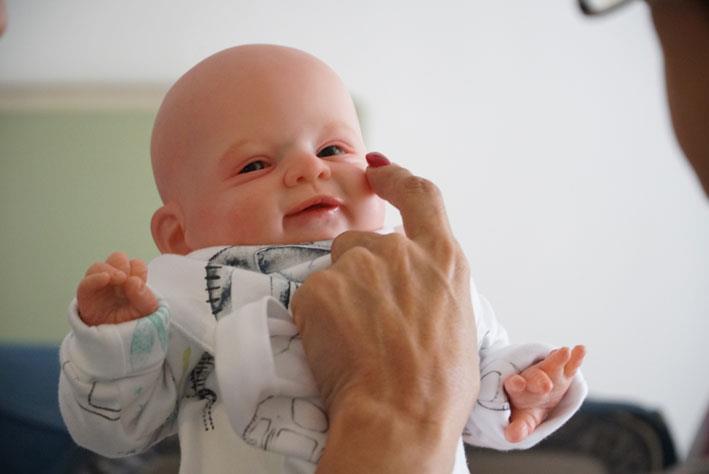
Photos James Caruana
The dolls were very expensive so she took the risk of purchasing a blank kit. There are replica kits, which are less expensive, but they are not made from the same type of material. The kits even come with their own certificates.
However, her daughter was never into playing with the dolls or the pram: “it was more for me,” she says.
Once her first doll was finished, she said: “We went to Sliema with this baby doll and the pram and everyone was looking, even just to see a Silver Cross pram and this doll in it. Everybody was stopping me!” Her daughter, who was younger then, was playing with the doll – not like a baby but a doll – and so people kept coming up to her in disbelief when they realised it was a doll.
Jennifer loved creating the doll and that is how her hobby of creating reborn dolls began: she has made 24 dolls so far.
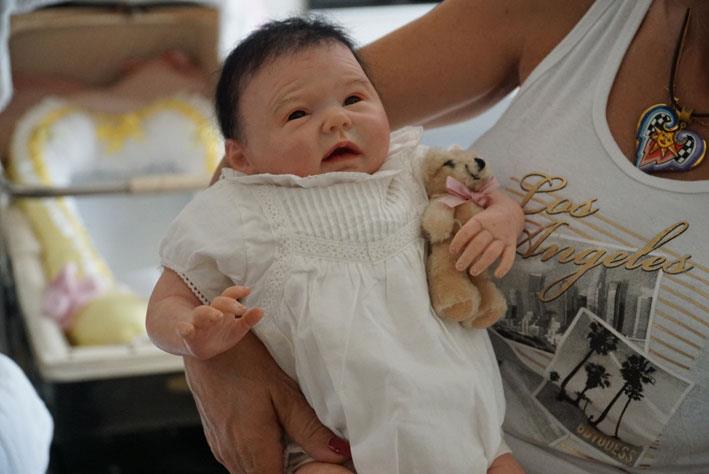
The process of creating reborn dolls
Reborning involves numerous time-consuming steps, with Jennifer saying that if she had to sit down from morning to evening it would take her at least two weeks to finish one doll. Just the rooting of the hair, one at a time, takes about 40 hours. Each hair is individually rooted and then a special glue is used on the inside of the head to keep the hair in place so that it can be washed and brushed. Jennifer also roots the eyelashes one by one, as well as the eyebrows.
The process begins with a basic kit of head, arms and legs and then multiple layers of paint are applied by hand, with the body parts baked each time. The kit is put together with a doe suede cloth body which is stuffed with polyfiller and glass beads. Clips and tiebacks are used to secure the limbs to allow for movement.
Other physical features are then added to the doll, including veins, nails and mottling – the blotchy appearance of a baby’s skin. The doll is finished off with a sealant so that it can be washed and will not get scratched.
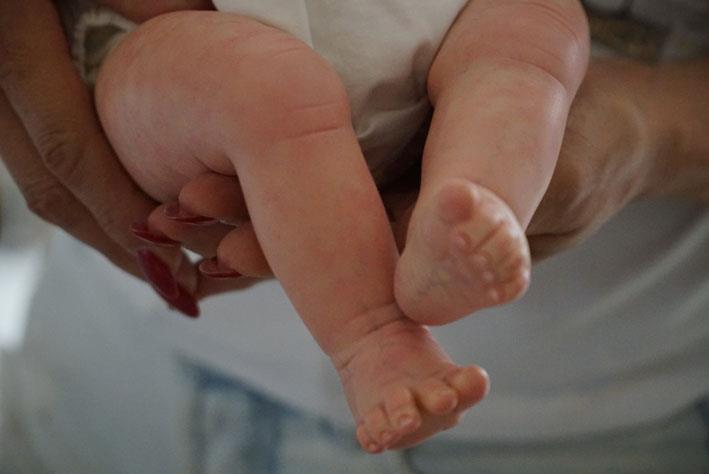
The dolls feel like a real baby, even the weight of the doll is made to replicate the weight of a baby, with the use of the glass beads. Carrying one of these dolls gives the person the same experience as holding a real baby and Jennifer even includes what are known as ‘wafers’ to give the doll a baby smell.
She can customise dolls to look exactly like an actual baby by adapting the skin colouring, weight and birthmarks, and either with hair or bald, and even the gaze of the eyes. The eyes are made from mouth-blown glass and covered with silicone to give a glazed look.
A magnet is stuck on the inside behind the lips so a pacifier can be used and sometimes Jennifer also includes some magnets in the head to hold a bow or a clip.
A large variety of items are needed for both internal and external modifications which Jennifer says are all very costly, especially since they are all only obtainable from abroad. As the dolls are so expensive to make, Jennifer unfortunately has to sell them in order to be able to buy more kits and supplies.
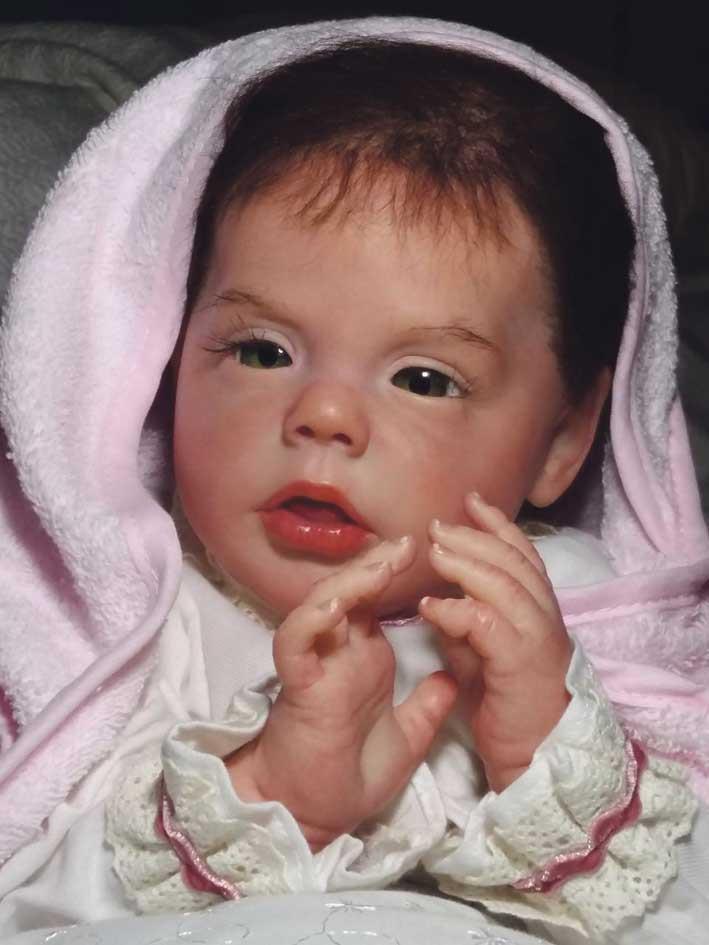
A real – not a copy – reborn doll can set one back up to several hundred euros and the most expensive reborn doll that Jennifer knows of was sold for US$24,000.
Some of Jennifer’s dolls also have what is called a ‘tummy plate’ which is used if the doll is to be dressed with a crop top, with the belly-button showing. Others include the back plate and intimate parts.
Tools and ovens are also required, as well as a great deal of patience and artistic skill. Jennifer is a self-taught reborn artist but is generally very creative, although she said at the beginning it was a steep learning curve.
The dolls also come with diapers, onesies, two outfits, socks, shoes and a pacifier.

Buyers of reborn dolls
Reborns are most popular in the United Kingdom, the United States, Canada and Australia. There are very few collectors in Malta and reborn dolls are often compared to baby dolls. So far, Jennifer says, it is very much a foreign market.
One woman who Jennifer knows has a collection of about 150 reborn dolls. Although many owners of reborns are simply doll collectors, some have experienced a miscarriage, stillbirth or neonatal loss and have no means of adoption, and then there are the mothers who suffer from empty nest syndrome.
A woman who had recently lost her baby contacted Jennifer to ask her to make a reborn doll like her baby, and sent her pictures, and Jennifer was happy to oblige. She has also made another two dolls identical to real babies, this time for children who are now grown up.
She told of making a reborn for a woman whose friend, a nurse, could not believe that it was not a real baby and checked its pulse because she was so astounded by the realism.
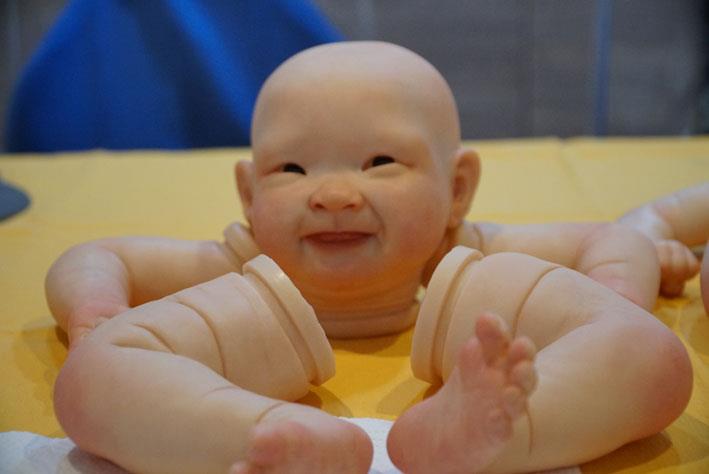
Some use the dolls to replace a child and, in fact, Jennifer says she knows two collectors without children of their own, who treat the dolls like real babies. “They change their clothes: in the evening they change them into their pyjamas and in the morning they put on their going-out clothes.”
Another woman, who is unable to have children, has a room set up as a nursery with all types of dolls – including reborn dolls.
Jennifer also tells of one woman who exchanged her reborn doll “because she could not bond with it”. She says that, to some extent, she can understand this bonding because she recently made an ethnic doll, just like the first doll she ever made, and it was sold abroad. After taking the doll to the post office she came back in tears because she had really bonded with it.
One woman in Malta who had a miscarriage purchased a reborn doll for therapeutic purposes, to calm her down and once she got pregnant again she gave the doll away.
Jennifer is in Facebook groups for reborn dolls abroad and she says some even post pictures of them breastfeeding the dolls. One even wrote: “I took Tommy to the paediatrician and he said, yes, he is autistic”.

“When I read these things I tell myself I hope I don’t start hating these babies... some people go too far,” Jennifer said.
In some countries reborns are used when a pregnant mum has a toddler who tends to get jealous when a sibling is born. Mums choose to buy a reborn doll so that the toddler can emulate its parent taking care of the baby.
Reborn dolls are also used in homes for the elderly as cuddle therapy, which is the emotional response felt when holding the dolls. They are especially good for sufferers of Alzheimer’s disease. Studies show that cuddling a baby causes a release of hormones that produce a sense of emotional well-being and some psychologists believe that this may happen with realistic dolls as well.
The public’s perception of these dolls is sometimes one of confusion – and sometimes even call them Chucky. They also refer to the people who buy the dolls as being insane or crazy. Jennifer believes that anyone who does not have something nice to say about the dolls should just say nothing!

This perception can be explained by the ‘uncanny valley hypothesis’. This states that as objects become more lifelike, they gain an increasingly empathetic response, until a certain point at which the response changes to repulsion.
Jennifer says: “Men collect guns, they collect stamps or cars; why can’t women collect dolls?” After posting just one doll on Facebook, Jennifer said she had hundreds of people interested in her.
Reborn dolls are even used in films instead of real-life babies. They retain their value and are usually kept as a keepsake.
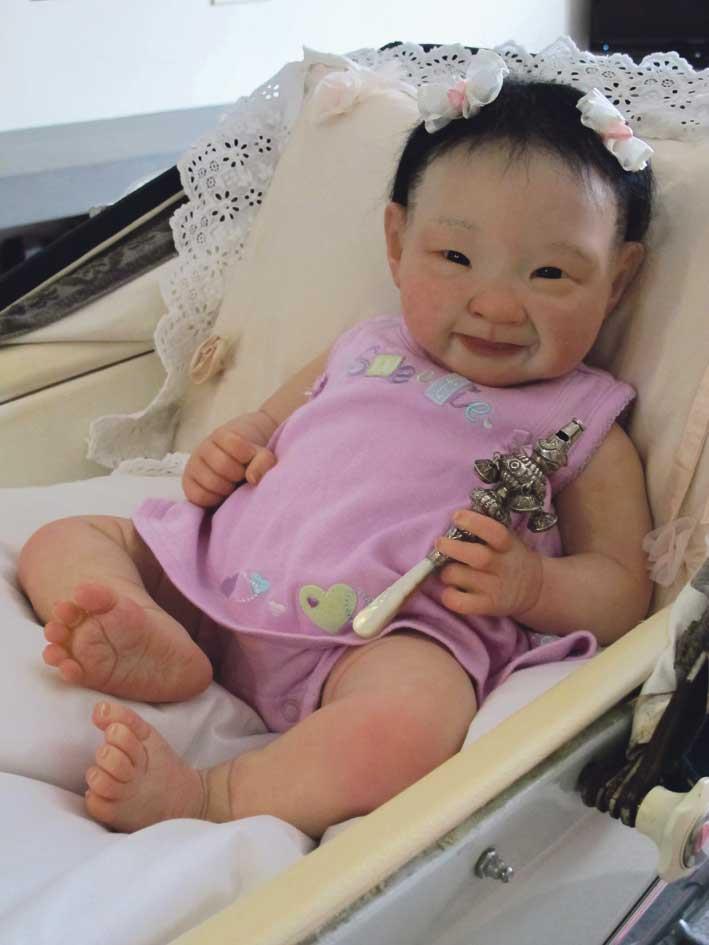
Anyone interested in learning more about reborn dolls in Malta can visit Jennifer’s Facebook page Reborn Dolls Malta.